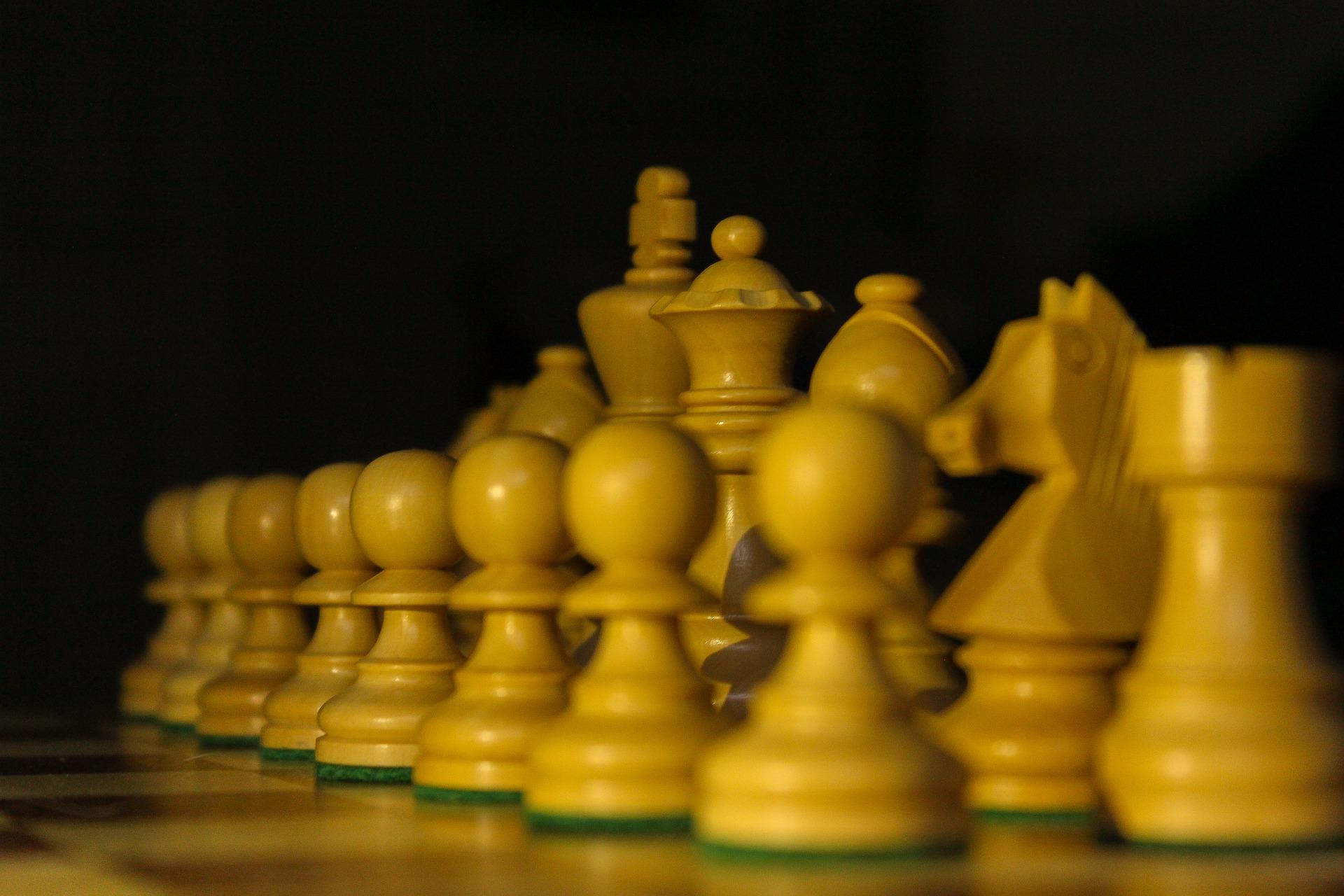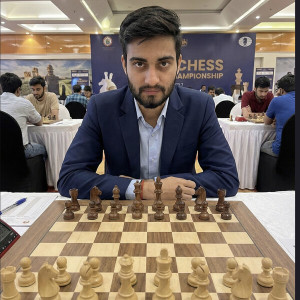“It is not a move, even the best move that you must seek, but a realizable plan” - Eugene Znosko-Borovsky
To learn how to play chess and become a good player, you need to know more about the game, which involves learning how to play the game, how the pieces move, and the best strategies. Each piece has a role from the king to the lowly pawns.
In this article, we’re looking at the bishop, how it came to be in the game, and the tactics that it can use.
Ready to checkmate your opponent?
Start the clock.

The Origins of Chess
Chess originated in India. Over 1,500 years ago, the game involved tactics and reasoning and became hugely popular around the world.
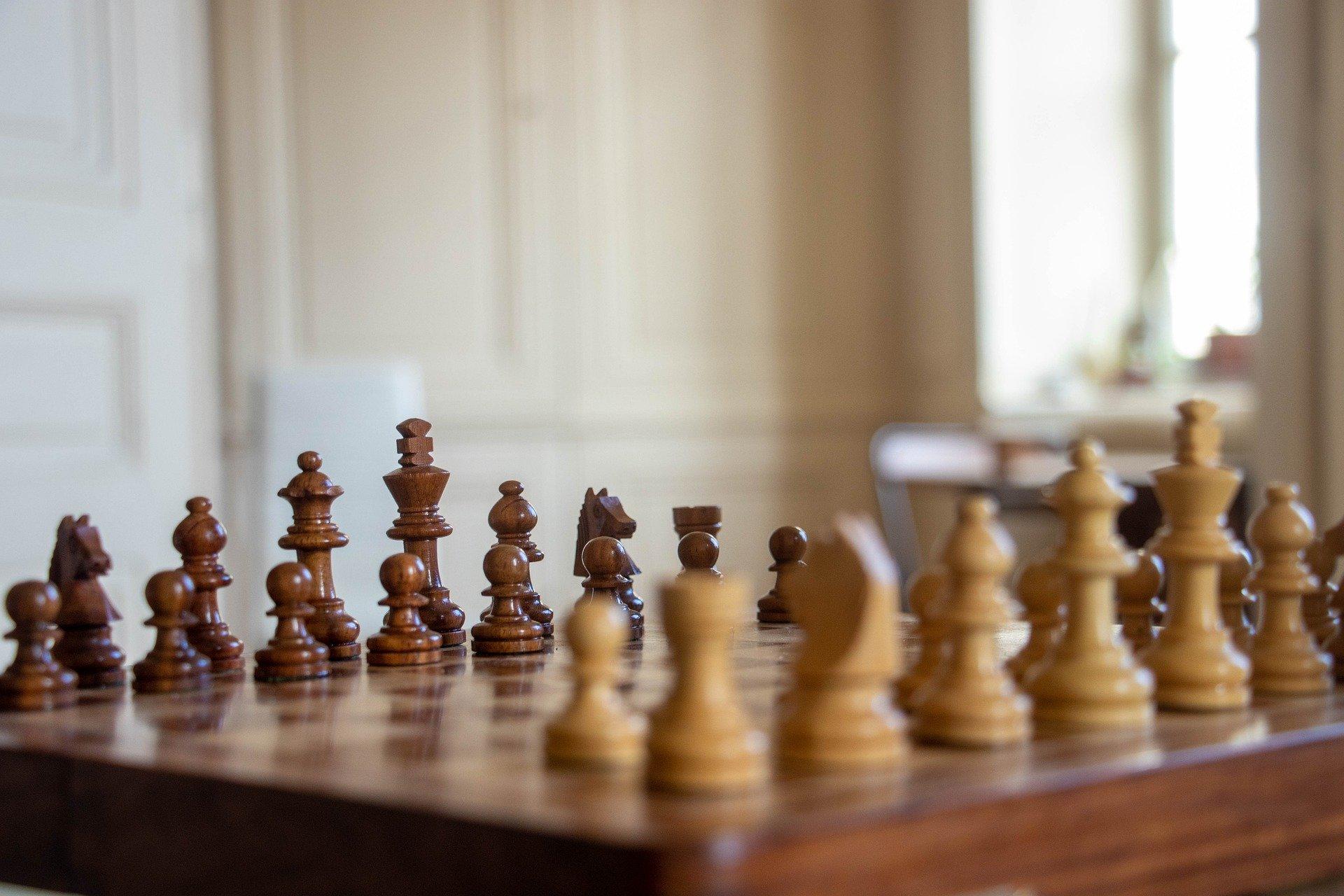
While fun, a game of chess is also stimulating on an intellectual level. The game has evolved over the centuries, but it remains based on two armies in a battle.
The legend goes that the game was created by the Brahmin Sissa who was tasked with designing a pastime for the bored king. He created the game, which was called shatranj, to keep the king busy in his palace. The king was so happy that he asked Sissa what he’d like as a reward. Humbly, Sissa asked for a single grain of wheat on the first square, with the number doubling each with each tile of the chessboard.
The king happily accepted. However, he didn’t think about what he was agreeing to. When the vizier did a quick calculation, he realised that this would result in more wheat than the annual harvest. It would effectively starve the country.
Sissa was after 18, 446,744,073,709,551,615 grains of wheat! Even at the current levels of production, it would take over 1,500 years to gather that much wheat. Since Sissa was just messing with the king, he didn’t claim the reward. The king considered Sissa as his equal and the two would play many games of chess over the years.
Here’s a quick reminder for beginners. A chess set consists of:
- A board of 64 squares
- 8 vertical lines known as files
- 8 horizontal lines known as ranks
- 26 diagonal lines (13 black and 13 white)
Each player has:
- 1 king
- 1 queen
- 2 bishops
- 2 knights
- 2 rooks
- 8 pawns
Find out about the different pieces in chess
What Is A Bishop?
In chess, a bishop is one of the two types of minor pieces, the other being the knight. In the realm of chess, the bishop is assigned a value of 3 points, putting it on par with the knight in terms of relative importance. However, it falls short in value when compared to the rook, which boasts the ability to traverse in any horizontal or vertical direction without being confined by square color restrictions.
Each player begins the game with two bishops, one positioned on the light-colored squares and the other on the dark-colored squares. Bishops are notable for their unique movement pattern on the chessboard:
- Diagonal Movement: Bishops can move diagonally across the chessboard. They can move an unlimited number of squares diagonally in any direction as long as their path is not obstructed by other pieces.
- Bishop on Light Squares: The bishop that starts on a light-colored square can only move on light-colored squares throughout the game.
- Bishop on Dark Squares: The bishop that starts on a dark-colored square can only move on dark-colored squares throughout the game.
Bishops are considered valuable pieces due to their ability to control diagonals and exert influence over the board. They are particularly effective in controlling long-range positions and are often used to target opponents' pieces and control key squares.
Bishops complement each other on the chessboard because one operates on light squares, while the other operates on dark squares. This duality allows them to cover the entire board, which can be strategically advantageous for a player.
It's important to note that bishops cannot jump over other pieces; they move along open diagonals. Each player's initial setup includes one light-squared bishop and one dark-squared bishop, which means they work together to provide board coverage and support various chess strategies and tactics.

How Do Bishops Move?
Before there was the bishop, the piece was known as al fil, which means the elephant.
As per Chess rules: Bishops to move freely along the diagonals without a set limit on the number of squares they can cover, provided there are no obstructions along their path. When capturing the opponent's pieces, bishops achieve this by occupying the square currently held by an enemy piece.
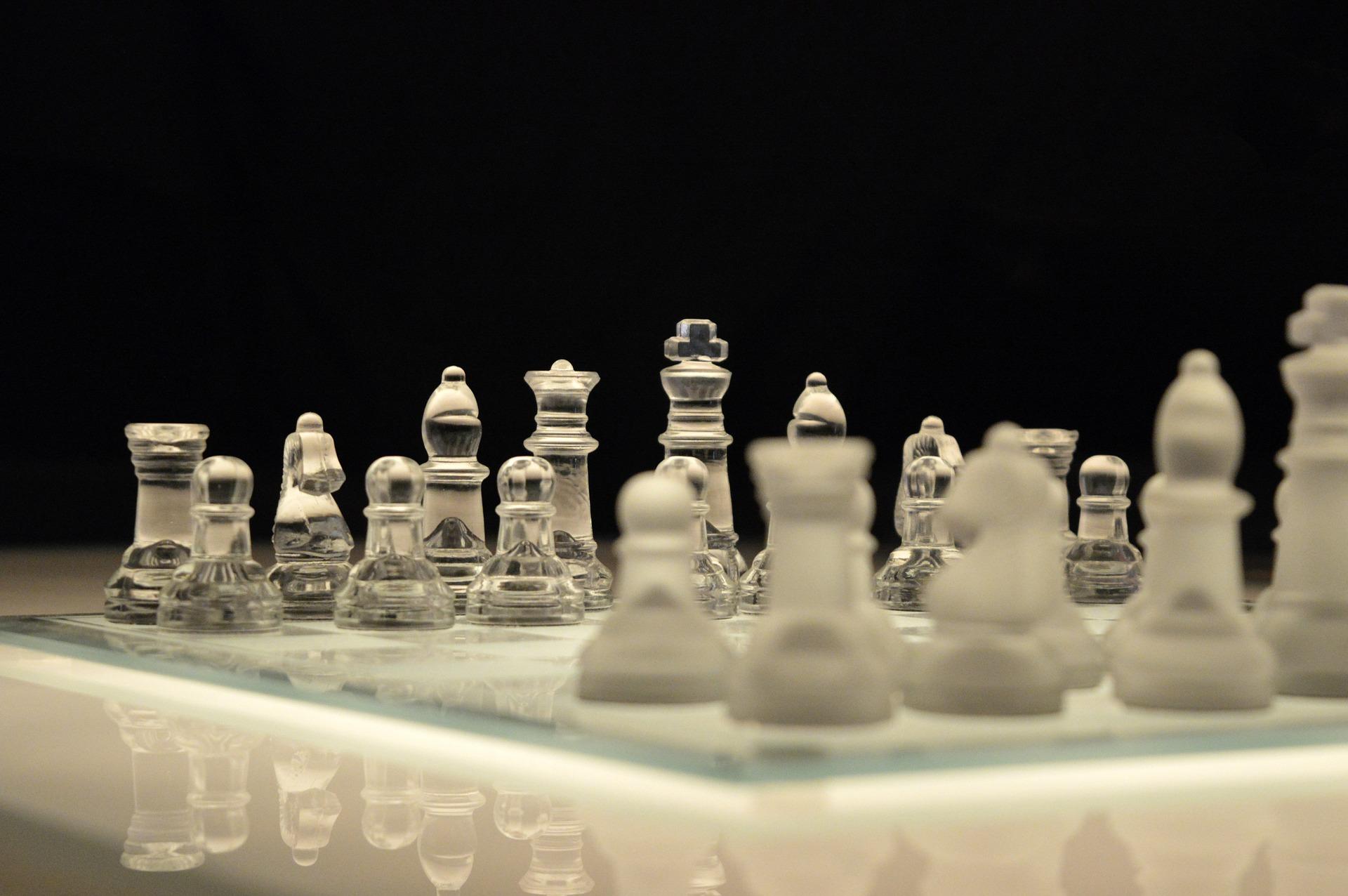
Bishops in chess move diagonally on the chessboard. They can travel an unlimited number of squares in any diagonal direction, as long as their path is free from obstructions. Bishops can move both forward and backward along diagonals, making them powerful pieces for controlling and influencing the board.
Find out more about the rook in chess
There are two bishops for each player at the beginning of a chess game, one positioned on the light-colored squares and the other on the dark-colored squares. Each bishop stays on its designated color throughout the game, meaning a light-squared bishop can only move on light squares, and a dark-squared bishop can only move on dark squares.
Find out more about the queen in chess
Bishop Chess Moves You Can Try During A Game
One must use Bishop in Chess more tactfully, if you are trying different chess strategies during a game, remember that since Bishop can move diagonally, you can use it to a distinct advantage.
Long Diagonals: Bishops excel when they control long diagonals. Place your bishops on positions that allow them to influence the board diagonally, covering a wide range of squares and controlling key areas. This can limit your opponent's movement and establish board dominance.
Bishop Pairs: Having both bishops on the board can be advantageous. They can cover squares of both colors, providing greater board control. Keep them coordinated and consider not trading one for a knight or exchanging them prematurely.
Pinning and Skewering: Use your bishops to pin your opponent's pieces to their king. This can create threats that force your opponent to make unfavorable moves. Skewering is a tactic where a bishop attacks a piece, and another piece behind it, often the king, is forced to move, resulting in the loss of the piece in front.
Bishops in the Endgame: Bishops can be particularly strong in endgames with pawns on both sides of the board. Their long-range movement allows them to control large areas and often play a significant role in promoting pawns to queens.
Center Control: Placing your bishops in the center of the board during the opening can be strategically advantageous. They can exert influence over a greater portion of the board and contribute to controlling key central squares.
The Good Bishop and the Bad Bishop
You may hear about good and bad bishops. A bishop’s utility depends on where the friendly pawns are positioned.
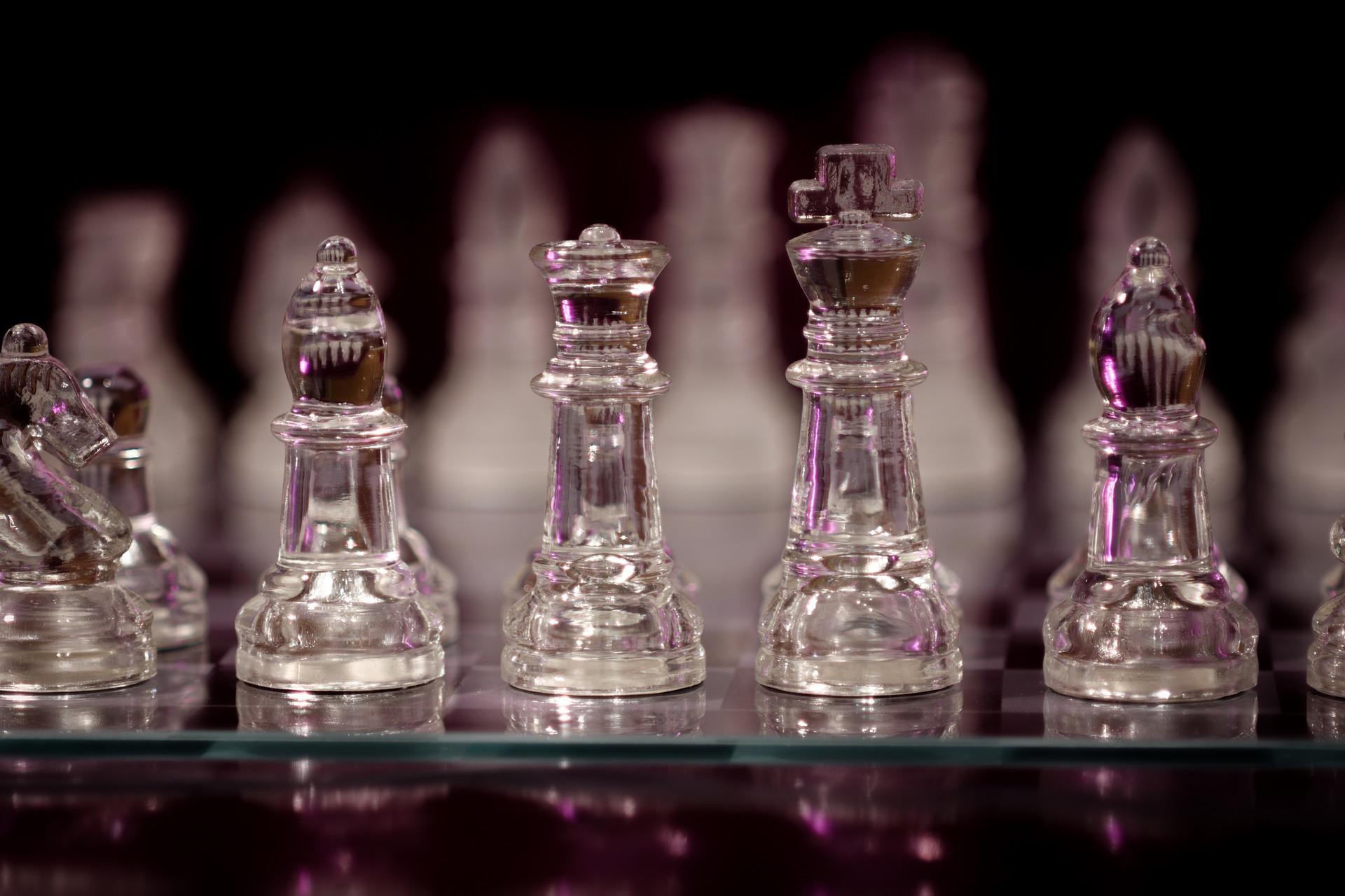
A good bishop has pawns on its opposing colour while a bad bishop has pawns on squares of the same colour, which means they will get in its way. As pawns are captured, the bishop becomes more useful.
In open positions with clear routes through the diagonal, a bishop can attack the king and protect the flanks against the opponent’s queen. The bishop is a ranged piece but it can only control squares of its colour, which is why the two bishops complement one another well.
When bishops work together, they’re better than a bishop and a knight. The knight’s reduced mobility means that it won’t be able to join the fight as quickly as a bishop. Another advantage of a pair of bishops is that you can sacrifice one for an enemy knight.
With a bit of training and practise, you’ll soon start to see how useful bishops can be, but you won’t become a master overnight so don’t hesitate to play against your friends and family or join a chess club.
There are also plenty of great chess websites where you can play against others and there’s nothing better than practice for getting better at chess.
Find out more about the king in chess
Sacrificing the Bishop to Open Games
The bishop is often one of the first sacrifices made in matches:
- On f2 or f7 if the opposing king is still in the centre, these pawns are only defended by the king.
- On h2 or h7 and after queenside castling, the sacrifice can open the h-file and bring the queen and knight into the game.
- On h3 or h6 after queenside castling and an advanced h-pawn, which can open the g-file.
It’s important to open certain lines with pawns and sacrificial pieces.
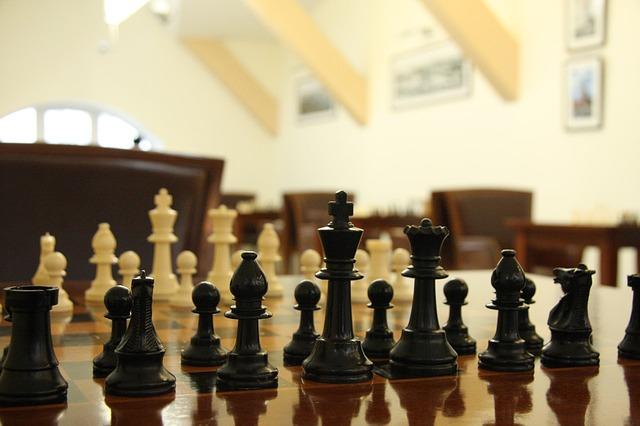
It’s through these files that you can penetrate the enemy’s defences. Pawn placement is as important as any other part of the strategy so consider watching videos online to learn about different strategies.
Find out more about the knight in chess
You don’t need to be Fischer or Kasparov to talk about chess. Here’s a quick anecdote:
Did you know that the world champion Magnus Carlsen lost his first match after 125 games? Any guesses what caused the loss?
Quickly losing his bishop.
Incredible, isn’t it?
Even the greats can lose games through a simple error. Everyone needs to analyse their games, memorise strategies, sequences, and opening, and regularly practise to get better at the game. Regularly playing will teach you how to win or save losing positions.
So are you ready to play?
If you'd like to learn more about chess, get in touch with one of the many talented and experienced chess tutors on the Superprof website. Whether you're a novice looking to learn how to play or an experienced player wanting to improve your game, there are tutors all over the country and around the world who can teach you.
There are different types of tutoring available and each comes with its pros and cons so think carefully about the type of tutoring that will work for you, how you like to learn, and your budget.
Face-to-face tutoring is the most cost-effective since it's just you and your tutor and every minute of every session will be spent focusing on you and your learning. However, these types of tutorials are usually the most expensive since the tutor spends time outside of the lessons adapting each session to you.
Online tutorials are usually cheaper than face-to-face tutoring since the tutor doesn't have to travel and can schedule more lessons each week. While online tutorials aren't ideal for hands-on subjects, for more academic subjects and skills, they work great.
Group tutoring is great for those on a budget as you can share the cost of your tutoring with the other students in the class and you'll also have more people to play chess against!
Don't forget that a lot of the tutors on Superprof offer the first lesson for free so consider trying a few before picking the tutor that's right for you.

